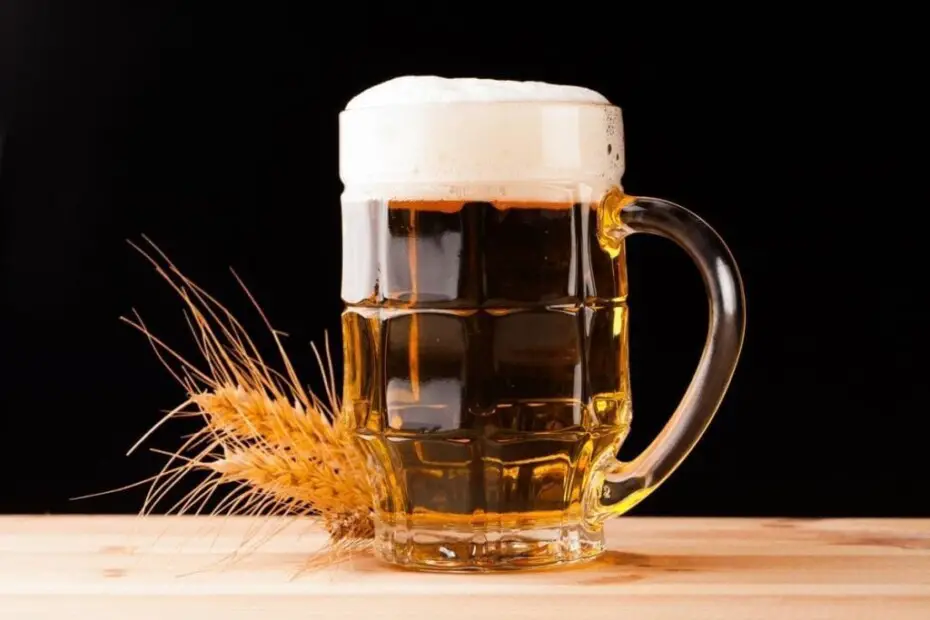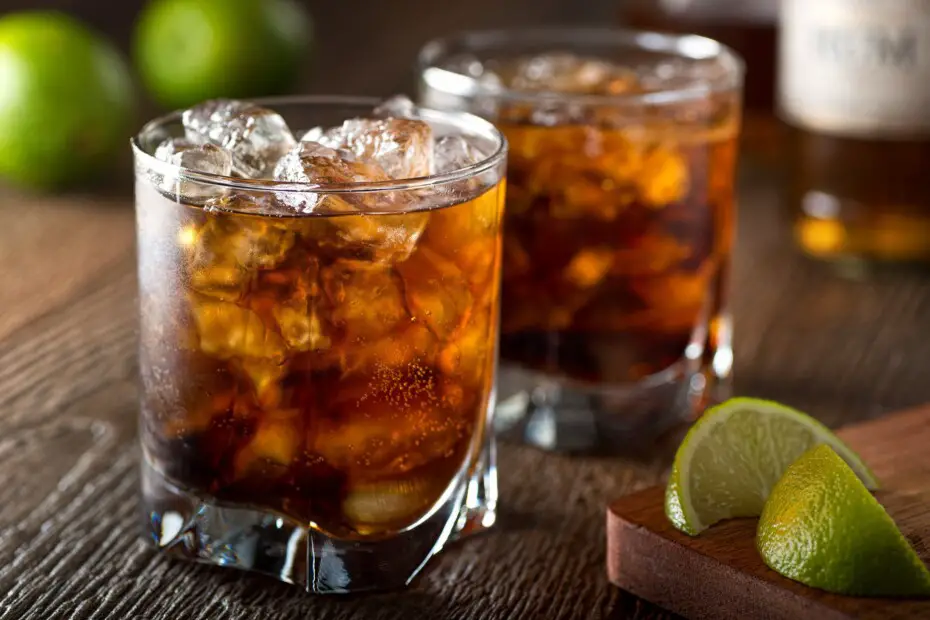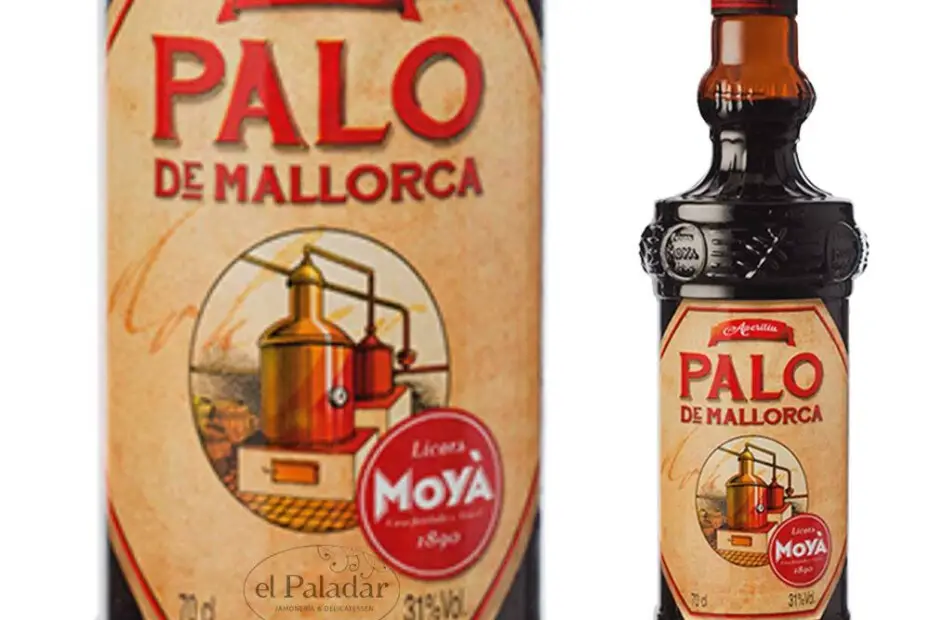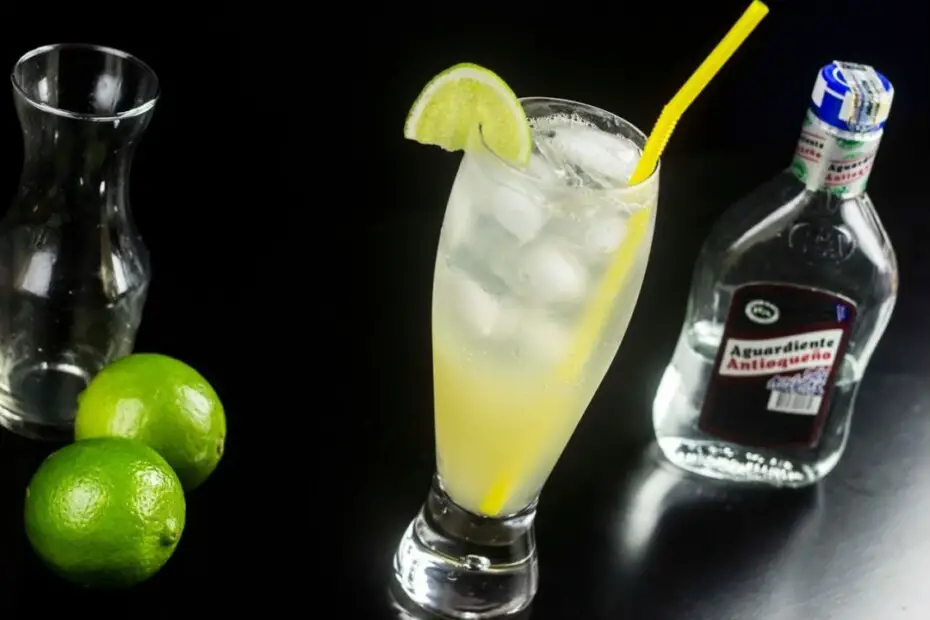do you like beer and want to know more about it? Many times we have drunk beer with the intention of refreshing the moment and thus kill the heat that overwhelms us, especially those summer days when so much sun suffocates us, however some of us do not know what beer itself is and how it is composed.
During the last decades, beer has been growing in the world market, and besides being a very refreshing drink, it has a wide range of beverages for all types of palates.
It has made its way into the natural path and many brands have emerged outside the industry that elaborate delicious recipes, but have you ever wondered what beer itself is? Here we will tell you more about this delicious blonde that makes you rave about it.
En esta nota, encontraras lo siguiente
what is Beer?
Beer is a non-distilled alcoholic beverage with a bitter taste made from barley malt, or any other cereal, hops, yeast and the no less important water.
Each of its components presents energetic values of great importance, which also gives it nutritional characteristics that contribute to our health.
It gives rise to multiple variants with a wide range of shades thanks to the different ways of brewing and the ingredients used.
They are generally amber in color, with shades ranging from golden yellow to black, including reddish browns.
Beer is considered gaseous because it contains dissolved CO2 at saturation which manifests itself in the form of bubbles at ambient pressure and is usually crowned with a more or less persistent foam depending on the style brewed.
Its appearance can be crystalline or cloudy and its alcohol content is usually between 3% and 9%.
History of Beer
Historically, there are indications that beer was developed by the ancient Elamites, Egyptians and Sumerians. The oldest evidence of its production dates back to the 4th millennium B.C. and was found in Godin Tepe, in ancient Elam, which is present-day Iran.
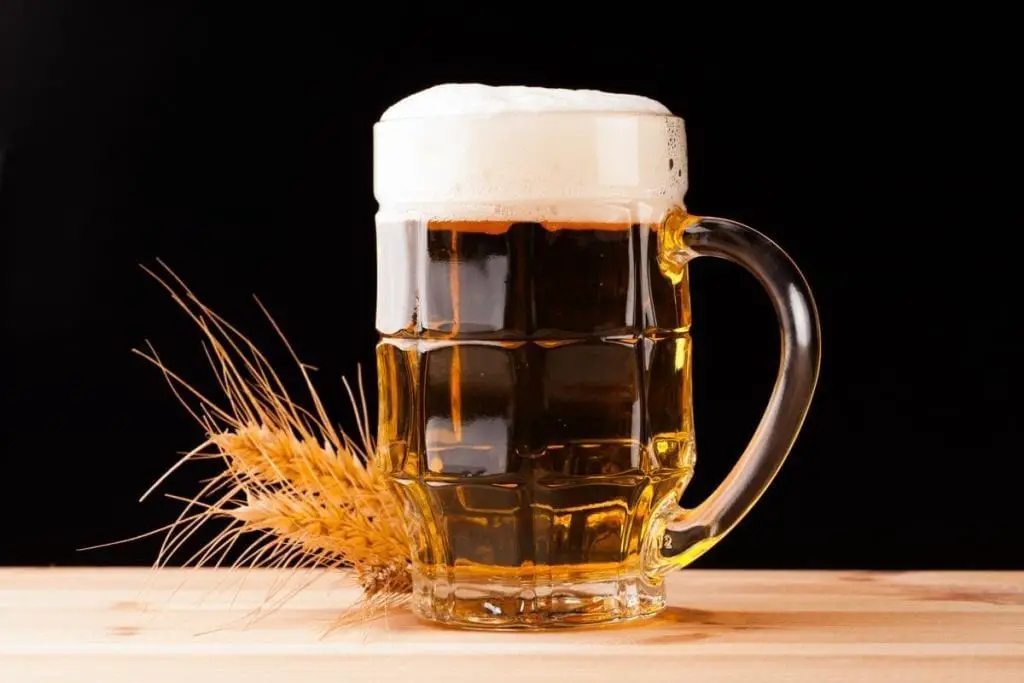
Beer is believed to be linked to the first steps taken by man within agriculture and the need for grain storage. Farmers gradually realized that the combination of ground grains, placed inside a container and exposed to the normal environment, fermented due to the action of microorganisms existing in the environment.
They liked this result and then tried adding water to the resulting ferment paste, which is presumably where its name comes from, which comes from the classical Latin cervisia or cerevisia, which refers to Ceres, goddess of Agriculture.
Later, during the 13th century, hops were added, which, due to their known antiseptic qualities, gave stability to the beverage, as well as flavor and aroma. Little by little it began to be brewed for different purposes and was gradually consumed.
Beer began to have its heyday in Europe and gradually spread, which led to its consumption becoming popular in some regions and it was brewed more frequently as a fermented food beverage that lasted longer.
Thus, the consumption of beer and its elaboration grows little by little all over Europe, moving in turn to other latitudes that accept it without any problem and it makes its way into the market, becoming popular over the years, displacing certain alcoholic beverages and thus gaining thousands of followers.
Origin of Beer
Historical evidence places the brewing of beer with the creation of bread between 10,000 BC and 6,000 BC. B. C. and 6,000 B. B.C., since it has a similar preparation with the addition of more or less water.
Everything seems to indicate that the primitive beers were denser than the current ones, according to the oldest known recipe thanks to the Papyrus of Zosimo of Panópolis, 3rd century, the Egyptians elaborated the beer from barley breads little cooked that they left to ferment in water, this drink was known as zythum.
It is believed that the Celts even knew how to brew beer and brought this knowledge with them when they spread throughout the Iberian Peninsula, and their use and brewing developed very quickly.
With the passing of the centuries, the Mediterranean area became consolidated as a wine-growing area, although the north and center of the country produced beer.
The use of malt as the main ingredient spread and the use of hops as a flavoring agent began to be introduced. Hops are a cannabaceous plant that gives beer its characteristic bitter taste and helps to preserve it.
does beer have health benefits?
Beer, thanks to its ingredients, has natural properties that benefit our health, of course it is possible as long as its consumption is moderate and not abused, since it can seriously damage our health.
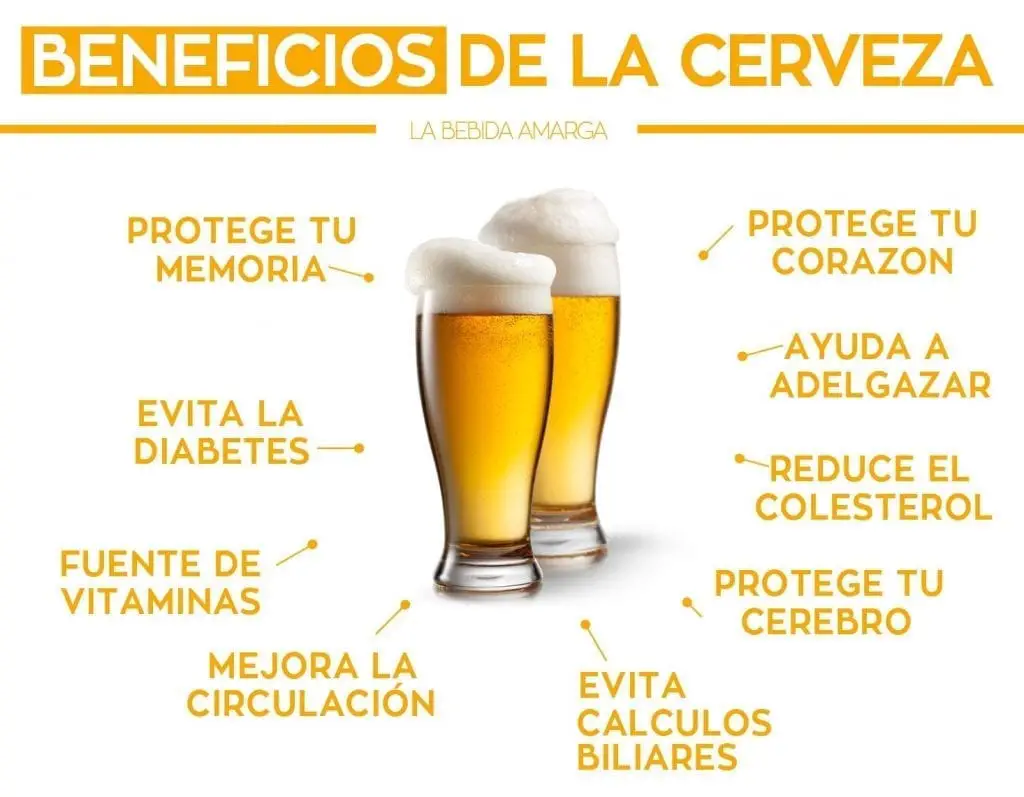
Among the benefits of moderate consumption of beer for health we can find:
Protects the heart
A study conducted by the University of Scranton in Pennsylvania revealed that moderate consumption of dark beer and dark beers in general can reduce the incidence of heart attacks.
Drinking beer is linked to a lower risk of ischemic heart disease, as it promotes overall heart function and may have anti-inflammatory qualities that contribute to the reduction of cardiovascular risk.
Protects against diseases such as Alzheimer’s
The silicon contained in beer may be associated with protection against neurodegenerative diseases, such as Alzheimer’s disease.
This is because beer reduces the bioavailability of aluminum in plasma and brain tissue, which is linked to some important neurodegenerative pathologies.
Strengthens bones
A study conducted by Tufts University in the United States revealed that the silicon present in beer contributes 3.5 to 4.5 times more bone density in the hip.
Excessive consumption of beer, however, has the opposite effect as it weakens the bones, so its consumption with awareness brings benefits.
Helps the digestive system
Beer has a series of digestive properties, including the stimulation of gastrin, gastric acid, cholecystokinin and pancreatic enzymes, which contributes to the health care and strengthening of the digestive system.
Reduces the risk of kidney stones
Studies have determined that moderate consumption of beer reduces the risk of developing kidney stones. The water and alcohol present in beer increase the flow of urine and dilute it, which reduces the risk of stone formation.
In addition, alcohol increases the excretion of calcium, the main cause of kidney stones, so it is recommended to consume beer in moderation to contribute to health.
Prevents aging
A study conducted by the Spanish Society of Hypertension-Liga revealed that the presence of natural antioxidants in beer helps reduce oxidative phenomena responsible for aging.
Beer increases the potency and effects of vitamin E, which is an important antioxidant in the body, so it can slow down the aging process.
High fiber content
Beer contains fiber which acts as a natural laxative, so its moderate consumption can help people who suffer from constipation thus promoting the proper development of the digestive tract.
Prevents cataracts
A study conducted beer in moderation can reduce the risk of cataracts by up to 50 percent. Dark beer contains high levels of antioxidant chemicals and these protect the mitochondria against cataracts, so researchers think it may be one of the factors contributing to the lower risk of this condition in people who drink a beer a day.
As we can see, all the studies carried out on beer consumption and its possible health benefits are positive that people consume beer in moderation, since thanks to the use of natural ingredients it stimulates the proper functioning of our body, which leads us to wonder what are the ingredients that are so beneficial to human beings.
Beer ingredients
As we all know, beer is an alcoholic beverage made with four main ingredients: Water, cereal, hops and yeast. These ingredients are responsible for generating the delicious beverage that nowadays refreshes the world.
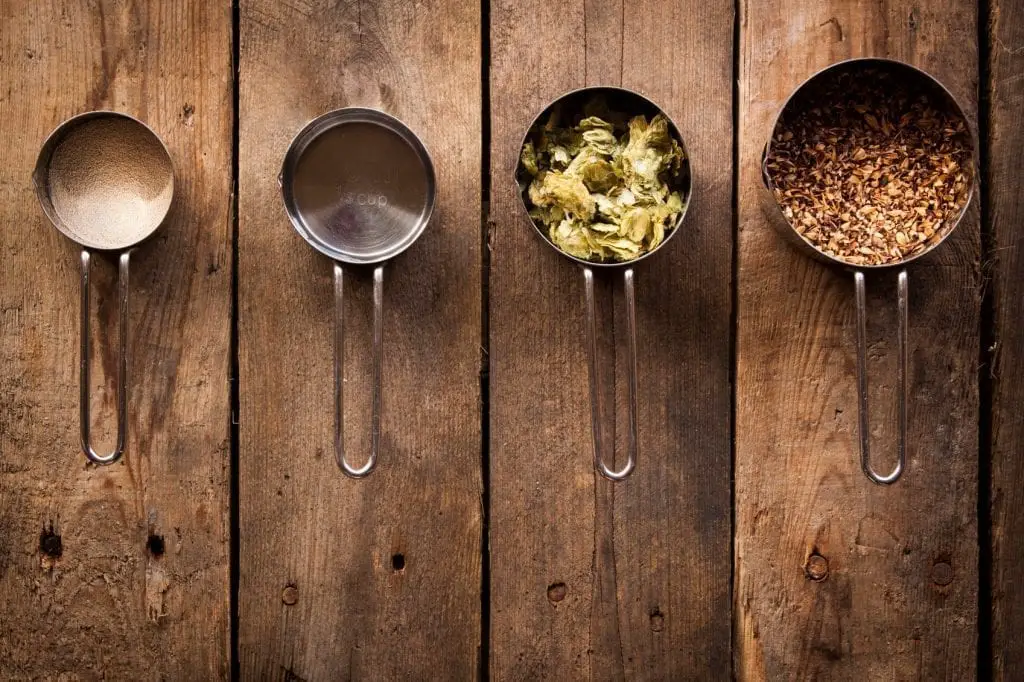
Cereal
Beer can be brewed with any cereal that can produce fermentable sugars. For this it must be prepared so that the vast majority of its sugars are fermentable, barley is usually the most used cereal, however corn, rice, oats and wheat are other cereals that are used in its production.
Malt
The sugars contained in the barley grain are not immediately accessible and with the use of a previous phase it is necessary to activate enzymes present in the grain itself that will reduce the long chains of starch releasing the sugars.
This operation is called malting or malting and consists simply in germinating the grains. When the enzymatic activation of germination is considered to be at its optimum point, the process is stopped by reducing the moisture content of the grain to a minimum.
This product is called green malt, which then has to be baked. At low temperatures, roasting is minimal and we speak of light malts, also called lager or pale malts, depending on the country in which they are produced.
As the kiln temperature increases, the resulting malt becomes darker and darker, reaching the point of burning, producing black malt.
Hops
Hops come from the mature female flowers of the hop plant. They give beer its bitter, pleasant taste and fine aroma, and are also involved in the formation and quality of foam. Hops are classified in the following categories:
- Bitter: These are those that provide more bitter acids than aromas, and their best known representatives are brewer’s gold and northern brewer or nordbrauer.
- Aromatic: They provide more aromatic elements than bitter, and their best known representatives are saaz/zatec, which define the pilsner style of beer, spalt and tettnang in the German area, and golding and fuggler in the English-speaking area.
- Mixed: It provides both bitter and aromatic characteristics but less accentuated, and although it is a very varied category, we can mention hallertau and its botanical derivatives such as hersbrucker and its derivatives.
The variety and freshness of the hops influence very sensitively the final quality of the beer, the forms of use are in extract, pellet or powder, and the most common form of use is in pellet.
Yeast
Yeasts are unicellular fungi that consume sugar and produce alcohol and carbon dioxide and reproduce by budding.
Yeast is essential for the brewing process where most of the substances present in the wort diffuse through the wall into the cell. There are two different basic types of yeast that define the two main groups:
- High fermentation yeast: It is called Saccharomyces cerevisiae and is the one normally found in nature. It is found in the stalks of cereals and in the mouths of mammals, and was discovered by Louis Pasteur in 1852 in his research on beer. This variety acts at temperatures between 12 and 24 °C and is located on the surface of the wort. Beers obtained with this type of fermentation are called top-fermented or Ales.
- Bottom-fermenting yeast: Known as Saccharomyces uvarum, it is a variety discovered unintentionally by brewers in southern Germany who subjected their beers to maturation at low temperatures in the caves of the Alps. They work at temperatures between 7°C and 13°C and are usually placed at the bottom of the fermenter. The beers brewed with this variety are called bottom-fermented or lager beers.
Water
Between 85% and 92% of beer is water, which contributes to the brewing process and to the final flavor of the product.
Water, like all the other components present in beer, is constantly analyzed and treated for sulfates, nitrates, chlorides, sodium, calcium, among others.
Calcium increases the extraction of both malt and hops during mashing and boiling and reduces the color and opacity of the beer.
Copper, manganese and zinc inhibit yeast flocculation, while sulfates reinforce hop bitterness and dryness and chlorides give a fuller texture and reinforce sweetness.
what are the properties of beer?
beer is rich in vitamins, minerals, amino acids, carbohydrates and phytochemical compounds, healthy when consumed in moderation, providing the body with benefits that regulate its functioning and improve the quality of life by preventing degeneration of bones and even the blood system.
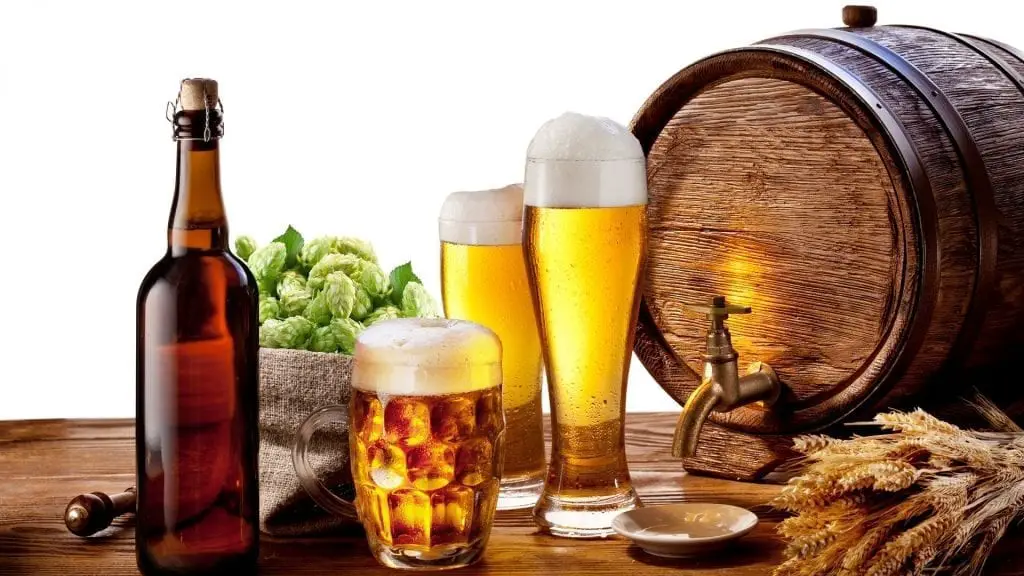
Among its properties we can find that beer is:
- Moisturizing: Thanks to the fact that beer is composed of about 95% water, it is moisturizing for the organism and prevents constipation.
- Digestive: Its hop content facilitates digestion and awakens the appetite, resulting in a completely digestive drink.
- Diuretic: Beer is low in sodium and rich in potassium, which makes it a diuretic drink that helps cleanse the body, besides being suitable for those people who suffer from hypertension.
- Antioxidant: Beer is a source of B vitamins which contribute to the proper functioning of the nervous system and cell regeneration, helping to reduce oxidative agents that cause aging, while preventing degenerative diseases.
- Cellular regeneration: Beer contains folic acid, an essential vitamin for the nervous system and cellular regeneration, which makes it a beneficial drink even during pregnancy, as long as it does not contain alcohol.
As we can understand, beer presents vitamins and minerals which come from the natural substances that are used within its elaboration and which are the main root of these, so the sonsumo in moderation contributes with the good development of health avoiding coagulations, strengthening our bones and regulating the digestive system.
what is beer made of?
Beer is made of water, barley malt, hops and yeast as the essential and fundamental base in its elaboration, however some recipes include fruits, vanilla, coffee, roasted products and even chocolate that add a fruity, sweet or different flavor that pleases everyone’s palate.
Water represents 95% of beer, so its characteristics and qualities will define its flavor, so every brewer must take it into account when brewing, since if soft water is used, clear beers are obtained, and if hard water is used, darker beers are obtained.
Barley malt provides the flavor and color to the beer, which is why if it is more or less roasted it can give a caramel or roasted flavor.
The base malt most commonly used in beer brewing is Pale or Pilsen malt, which makes up about 85% to 90% of the malt to be used, while the remaining percentage is made up of the so-called special malts, such as Caramel malt or Black malt, which are used for dark beers such as Porter or Stout. 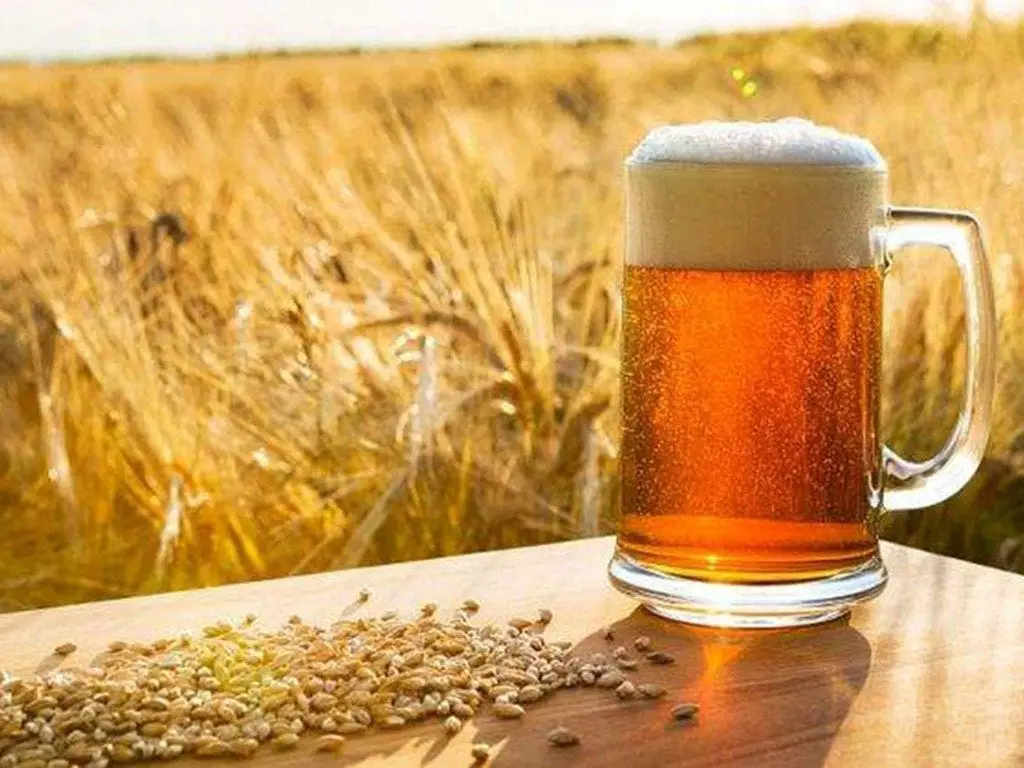 Hops are a plant that provides the aroma and bitterness to the beer, as well as acting as a natural preservative.
Hops are a plant that provides the aroma and bitterness to the beer, as well as acting as a natural preservative.
Some of the most commonly used hops for Indian Pale Ale style beers are Simcoe, Cascade, Centennial or Amarillo, all American hops that give a great citrus and tropical flavor to the beer, while dark beers usually use classic English hops such as Fuggle or Target.
Yeast is a fungus that converts the sugars extracted from malt into alcohol through fermentation. For the production of both Ale and Lager beers, yeast is added, while for lambic style beers it is not used as it is fermented with the wild yeasts of the area in large open pools.
The brewing process always maintains the same format and uses the same basic ingredients, so that although there is a great variety, it always has practically the same characteristics.
This leads us to ask ourselves whether beer is fattening when using yeast, and we shall now see whether this is a myth or a reality.
is beer consumption fattening?
A study revealed that beer is not fattening as many people thought, and that what really makes beer fattening is when it is accompanied by fatty snacks that we eat during the day.
Beer is a natural beverage that arises as the result of fermentation by yeast of the wort made from barley malt and flavored with hops.
Its flavor is slightly bitter and its color is yellowish, although its final appearance and color depend directly on the degree of roasting of the barley malt.

It has been found that beer can perfectly be part of a healthy diet, since its moderate consumption does not cause weight gain, on the contrary, beer contributes to weight loss while preventing constipation, reduces bad cholesterol in the blood, prevents diabetes, flu and Alzheimer’s disease.
Its natural components make it a drink that provides minerals and vitamins to the body, preventing degenerative diseases and strengthening our immune system.
how many calories does beer have?
The calorie and carbohydrate content of beer varies according to the type of beer consumed and purchased.
Beer has calories from both alcohol and carbohydrates, this is what is normally known as empty calories, since it does not contain a significant amount of nutrients that help our body functions, while at other times its nutrients contribute to the proper functioning of the body. 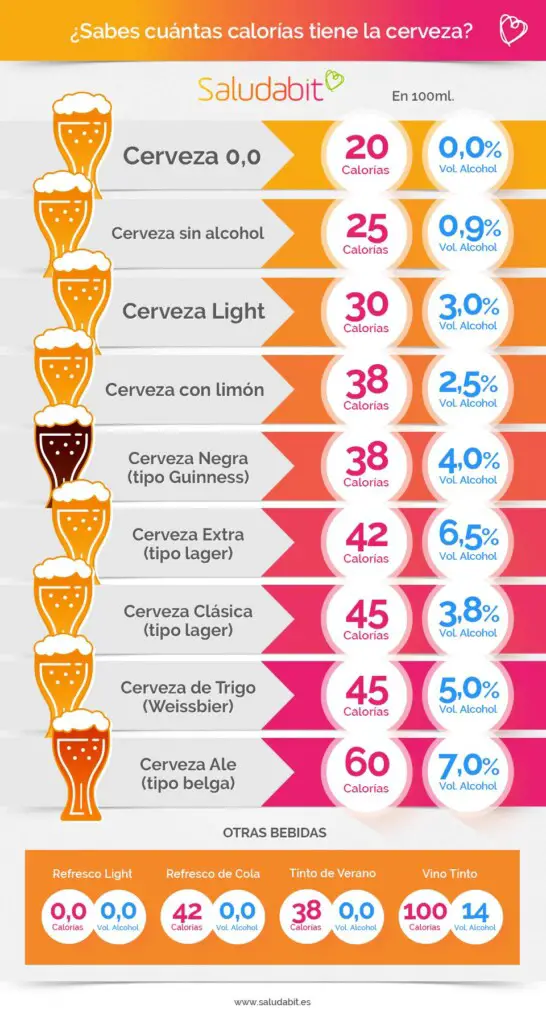 Thus we can find that an Ale beer contains 35 calories per 100 ml, a wheat beer contains 45 calories per 100 ml. India Pale Ale contains 51 calories per 100 ml while a lager contains 43 calories per 100 ml.
Thus we can find that an Ale beer contains 35 calories per 100 ml, a wheat beer contains 45 calories per 100 ml. India Pale Ale contains 51 calories per 100 ml while a lager contains 43 calories per 100 ml.
As we can see, depending on the type of beer drunk, beer has different calorie content. Beer is a refreshing, delicious and bitter beverage that is balanced with its own sweetness developed during the fermentation process.
Blonde, black, red and roasted beers are among the preferences of alcohol lovers, since they refresh and benefit those who enjoy them.

